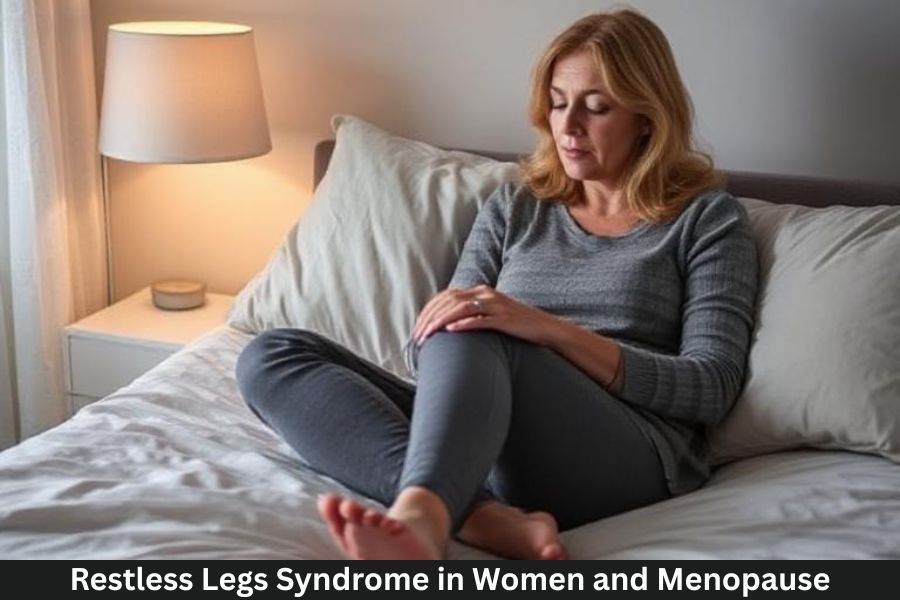Got that underwater, muffled feeling? Clogged ears are usually caused by pressure imbalance in the Eustachian tube or a simple earwax plug. The good news: most cases clear with gentle, at-home steps. Below is a concise, practical guide to relieve pressure, soften wax, and know when it’s time to see a professional.
Why Ears Get Clogged
- Eustachian Tube Dysfunction (ETD): Swelling from colds, flu, or allergies blocks the tiny pressure valve connecting the middle ear to the back of your nose, causing fullness and popping.
- Earwax (Cerumen) Buildup: Wax protects and moisturizes the canal, but swabs can push it deeper, creating a cork-like plug.
- Pressure Changes: Flights, mountain roads, elevators, and diving can trap negative pressure behind the eardrum.
- Water & Infection: Trapped water (swimmer’s ear) or outer/middle ear infections add swelling and blockage.
- Jaw Tension/TMJ: Clenching and poor posture can refer tightness to the ear area.
Immediate Relief: Equalize the Pressure
- Swallow, Yawn, Sip: These motions gently open the Eustachian tube. Keep a water bottle handy.
- Chew Gum / Hard Candy: Great during takeoff and landing on flights.
- Toynbee Maneuver: Pinch nostrils closed and swallow (use a sip of water if needed). Repeat several times.
- Gentle Valsalva: Pinch nostrils, mouth closed, exhale very lightly for 1–2 seconds. Stop if it hurts—think “puff,” not “blast.”
- Frenzel (Divers): Pinch nose, use the back of the tongue to move air (like saying “k”). More controlled than hard Valsalva.
Unblock the Nose to Unblock the Ears
Because the Eustachian tube opens into the back of your nose, clearing the nose often clears the ears:
- Saline Spray/Rinse: Use sterile or distilled water with neti pot or saline spray to thin mucus and reduce swelling.
- Steam & Warm Showers: Inhale warm, humid air 5–10 minutes, then try Toynbee.
- Allergy/Cold Aids: Short-term decongestant sprays (per label), antihistamines for allergies, and daily nasal steroid (for chronic allergies). Check suitability if you’re pregnant or have conditions like hypertension or glaucoma.
Earwax: Soften, Don’t Dig
- Softening Drops: Use carbamide peroxide, mineral/olive oil, or glycerin as directed for 3–5 days.
- Warm Water Rinse (If Safe): If you have no pain or perforation history, you may gently rinse with body-temperature water using a bulb syringe, then let it drain.
- Avoid: Cotton swabs, ear candling, and sharp objects—they push wax deeper or injure the canal.
- Still blocked? A clinician can remove wax quickly with curettage, suction, or irrigation.
After Flights or Altitude Changes
- Pre-Flight: Saline + (if appropriate) a decongestant spray 20–30 minutes before descent; pack gum or candy.
- During Descent: Swallow, yawn, Toynbee every few minutes; use gentle Valsalva only if needed.
- Post-Flight: Warm shower + saline. If an ear stays blocked >24–48 hours or pain is significant, seek care.
For Swimmers & Divers
- Equalize Early and Often: Especially during descent. If one ear won’t clear, ascend slightly and try again—don’t force it.
- Prevent Water Traps: Tilt head to drain, consider alcohol-vinegar drying drops only if your eardrum is intact.
- Earplugs & Cap: Reduce water entry if you’re prone to swimmer’s ear.
Comfort Boosters
- Warm Compress: 10–15 minutes over the ear to ease discomfort.
- Elevate Your Head: Sleep slightly propped to encourage drainage.
- Hydrate & Relax: Fluids thin mucus; unclench the jaw and practice slow nasal breathing (inhale 4, exhale 6–8).
When to See a Professional
- Severe pain, fever, ear drainage, or sudden hearing loss
- Dizziness/vertigo or symptoms that persist >1–2 weeks
- Known eardrum perforation, ear tubes, recent head/ear trauma
- You’re immunocompromised or on blood thinners
- Pain with tragus pressure (possible infection)
Pick Your Scenario (Step-by-Step)
A) “Blocked from a cold.”
Morning/evening saline rinse → Toynbee (3–5x) → warm shower/steam → short-term decongestant or antihistamine if appropriate → warm compress. Repeat 2–3 days.
B) “Won’t pop after a flight.”
Sip water, chew gum, Toynbee repeatedly, then gentle Valsalva if needed → warm shower + saline. If no change in 24–48 hours, get checked.
C) “Feels like wax.”
Use softening drops 3–5 days → let drain naturally → optional gentle warm-water rinse (if safe). Persistent plug? Professional removal.
D) “I swim a lot.”
Drain ears after swims → consider safe drying drops (if no perforation) → use earplugs → see a clinician promptly for pain/itching.
FAQs
1) Is it safe to pop my ears often?
Gentle swallowing and Toynbee are fine. Avoid forceful Valsalva—pain means stop and seek guidance.
2) Which side should I sleep on?
Elevated head helps. If you’ve used drops, lying on the treated ear can aid penetration and drainage.
3) Do hydrogen-peroxide drops help wax?
Carbamide peroxide/diluted peroxide can soften wax. Follow instructions; avoid if you have pain, drainage, or suspected perforation.
4) Can allergies really clog ears?
Yes. Nasal swelling affects the Eustachian tube. Combine saline, antihistamines, and nasal steroids (for chronic cases) as appropriate.
5) When should I skip flying?
If you have severe congestion, acute ear infection, or intense ear pain. If you must fly, prep with saline, equalize early/often, and stay hydrated.



